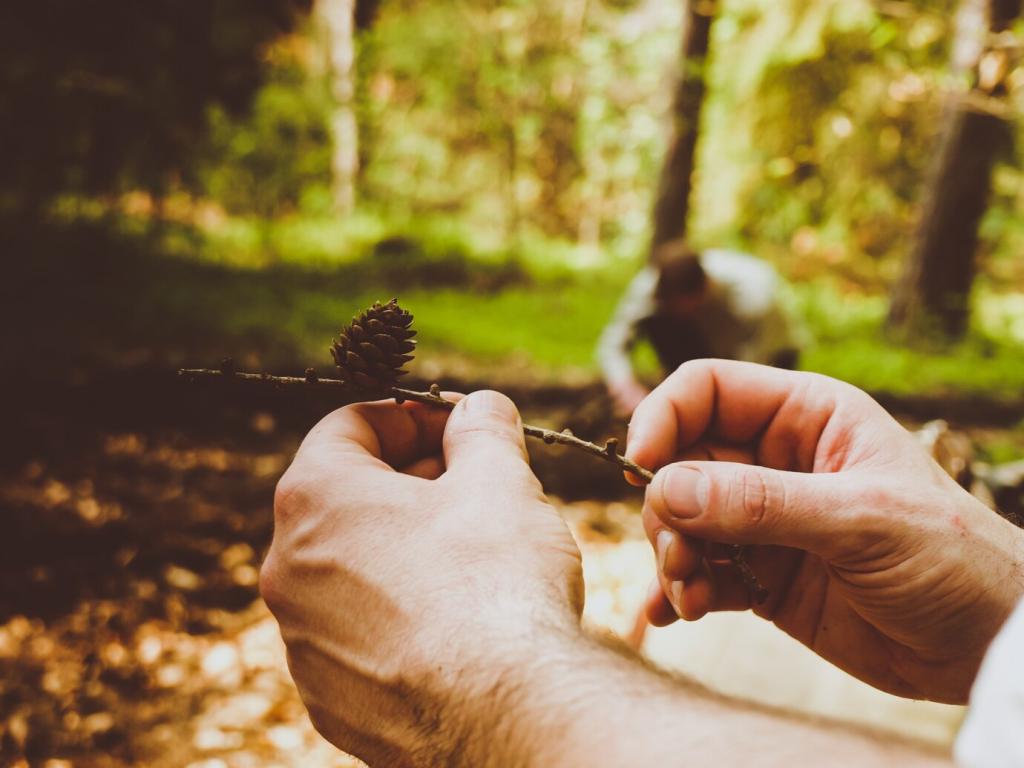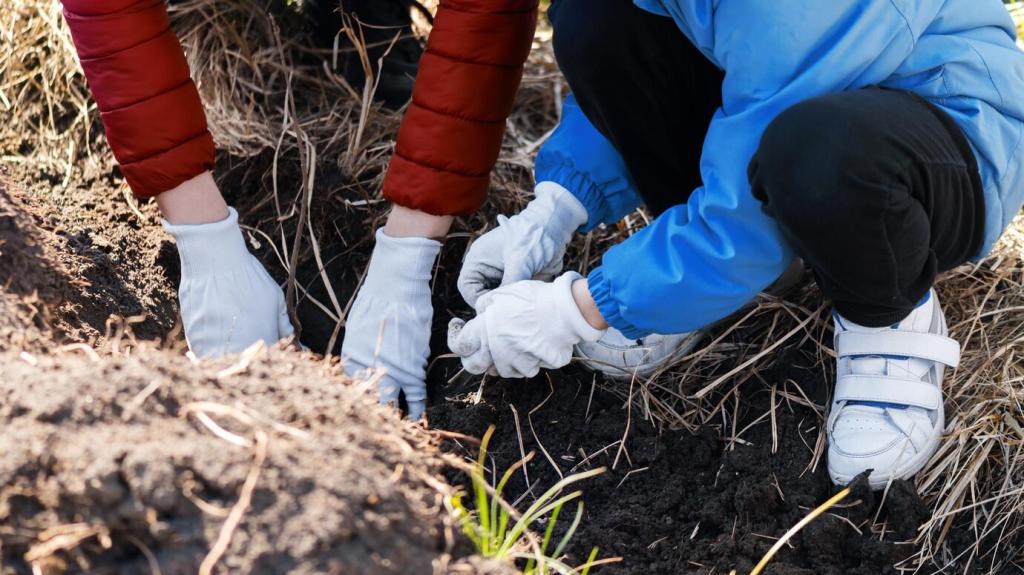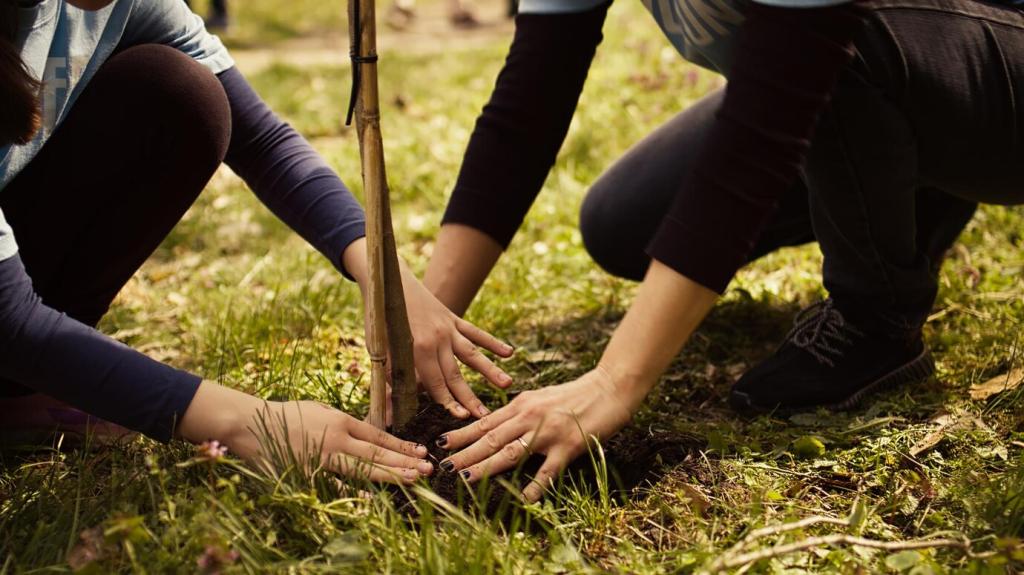Ecological Foundations: How Microforests Function in Cities
Even tiny forests develop edge-to-core differences that influence temperature, light, and species behavior. Dense planting reduces harsh edges, creating miniature core zones where moisture persists, seedlings survive, and understory specialists thrive. Comment with your local microforest and how its edges changed after the second growing season.
Ecological Foundations: How Microforests Function in Cities
Rapid succession unfolds as pioneer species stabilize soil, attract invertebrates, and prepare shaded microclimates for later arrivals. In cities, this timeline compresses because irrigation, mulch, and careful species mixes accelerate transitions. Share your year-by-year observations to help refine urban successional models grounded in real neighborhood conditions.




